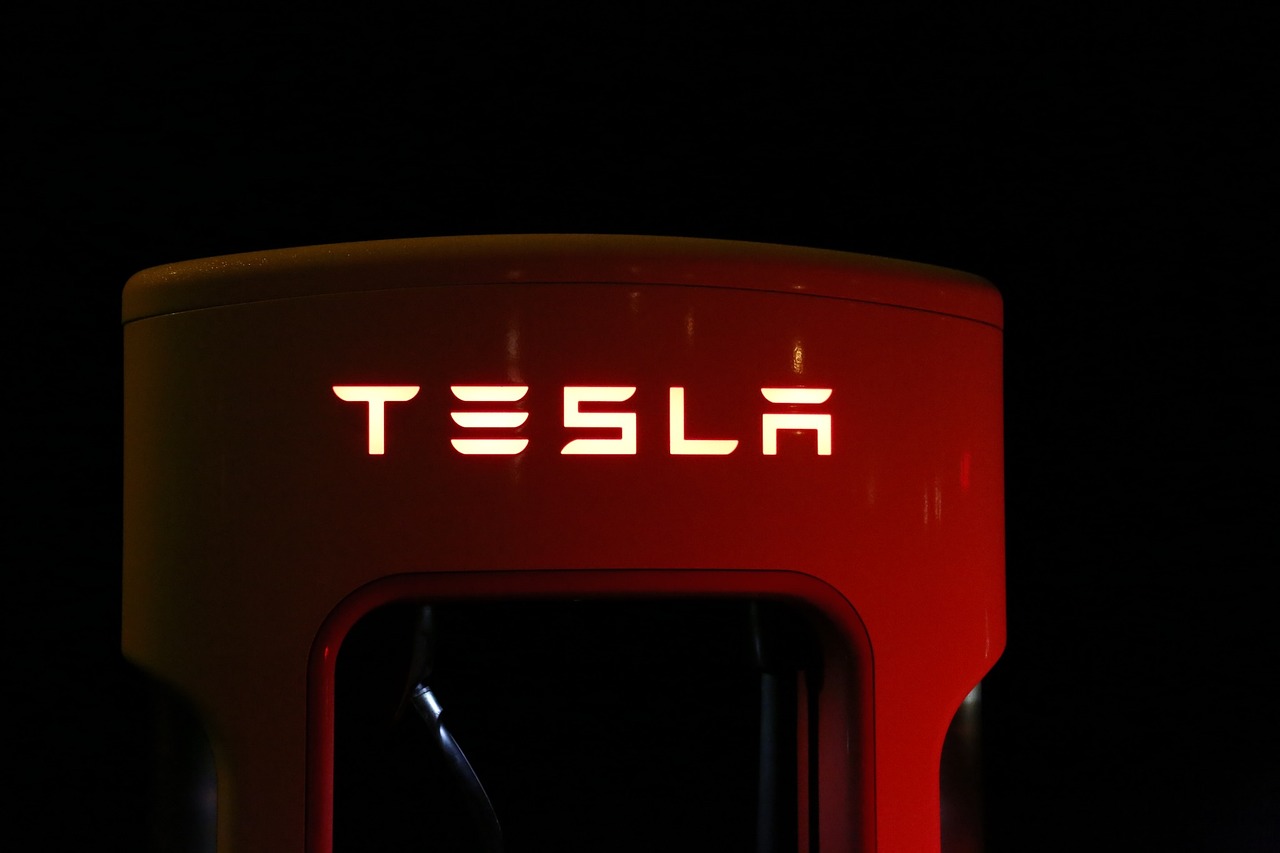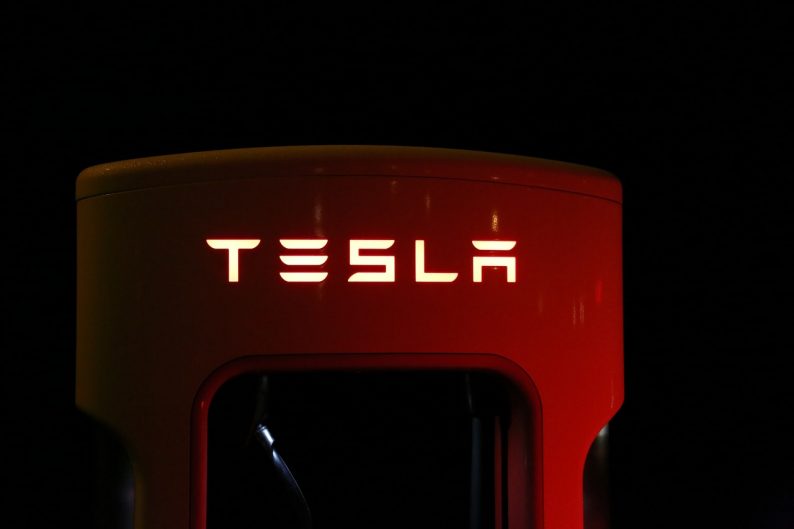Tesla, Inc. (Nasdaq: TSLA) disappointed investors yet again during the fourth quarter by missing its production target for the Model 3. Tesla Q4 2017 deliveries totaled 29,870 vehicles, a slight miss versus the FactSet consensus of 30,000. Of that total, the consensus was expecting 4,100 Model 3 cars, but the automaker delivered only 1,550 of its mass-market car.

Blomst/Pixabay
Breakdown of Tesla Q4 2017 deliveries
Tesla said it delivered 15,200 Model S sedans, beating the consensus at 13,800 sedans, and 13,120 Model X SUVs, which also beat the consensus at 12,200. In addition to the 1,550 Model 3 sedans that were delivered during the fourth quarter, more than 800 of them were still in transit at the end of the quarter, although that still leaves the company far short of the consensus for Model 3 deliveries. Tesla also had about 2,520 Model S and X vehicles in transit as of the end of the quarter.
Tesla had originally said it would ramp Model 3 production up to 5,000 cars per week by the end of 2017 and then reach 10,000 per week this year. However, the automaker has been battling production problems since early in the Model 3 production process. Tesla disclosed those production problems in October and then delayed the timeline for producing 5,000 Model 3 cars per week too late in the first quarter of 2018.
Looking on the bright side
As would be expecting, the Tesla Q4 2017 deliveries report focuses on an optimistic worldview, noting that the quarter brought more record-high production numbers for the Model S and Model X. On a combined basis, deliveries of the two vehicles were up 27% year over year and 9% quarter over quarter. When discounting the massive miss on Model 3 deliveries, Tesla did exceed its previous guidance for total vehicle deliveries in 2017, coming in at 101,312 Model S sedans and Model X SUVs. That marked a 33% increase over 2016.
The Tesla Q4 2017 deliveries report also included commentary on the Model 3 production bottlenecks, as was expected. The company said it “made major progress” in addressing those bottlenecks, boosting the production rate “significantly towards the end of the quarter.”












Leave A Comment